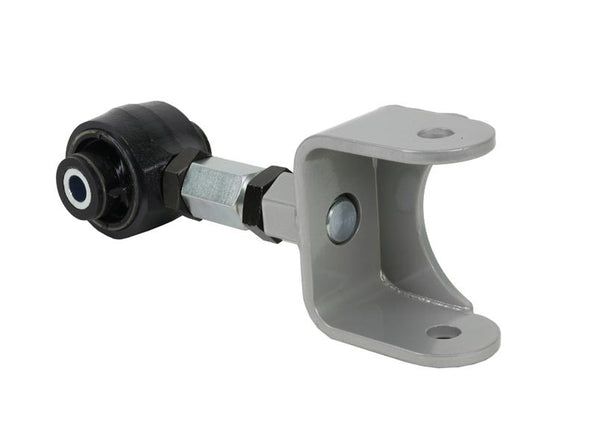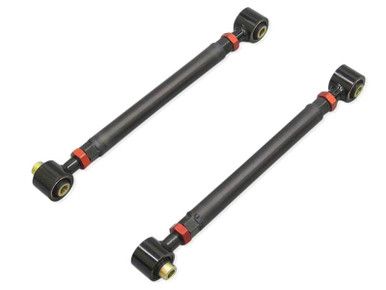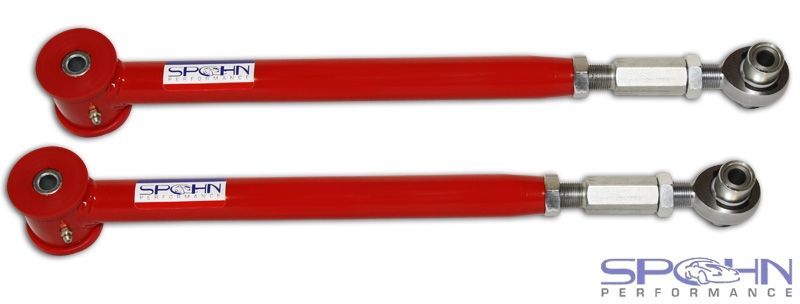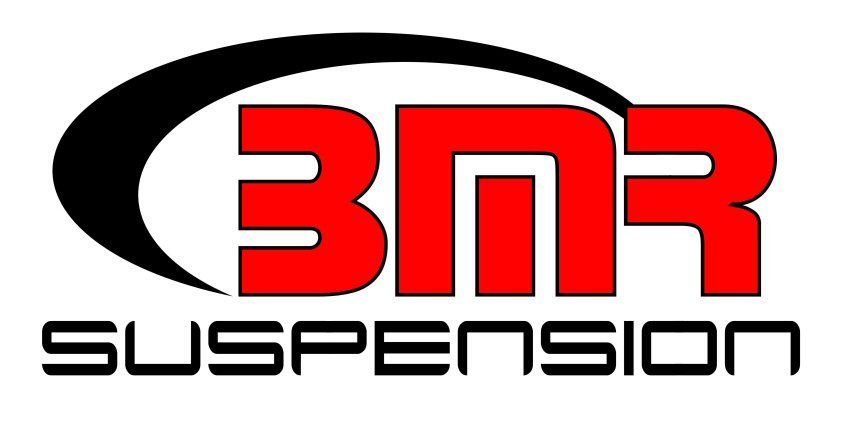- Thread starter
- #21
Thanks for the info. I reached out to MM with interest in a few parts. Once I told them what I was doing (more street than track), they dissuaded me from going with rod end control arms. So I will probably just keep it simple and go with something like these.@ShifterX this is what I am using:
To be clear, there is more tire and road noise transmitted into the cabin due to all the mods I did. But there are absolutely no squeaks, rattles, or clunks. I don't think you would find much of an increase in road noise using these LCA in isolation. I don't want to give the wrong impression that it's a loud clattering track rat car. For comparison sake, my friend measured a similar sound level to my car in his new Porsche GT4. And that's where the similarities between our cars end!
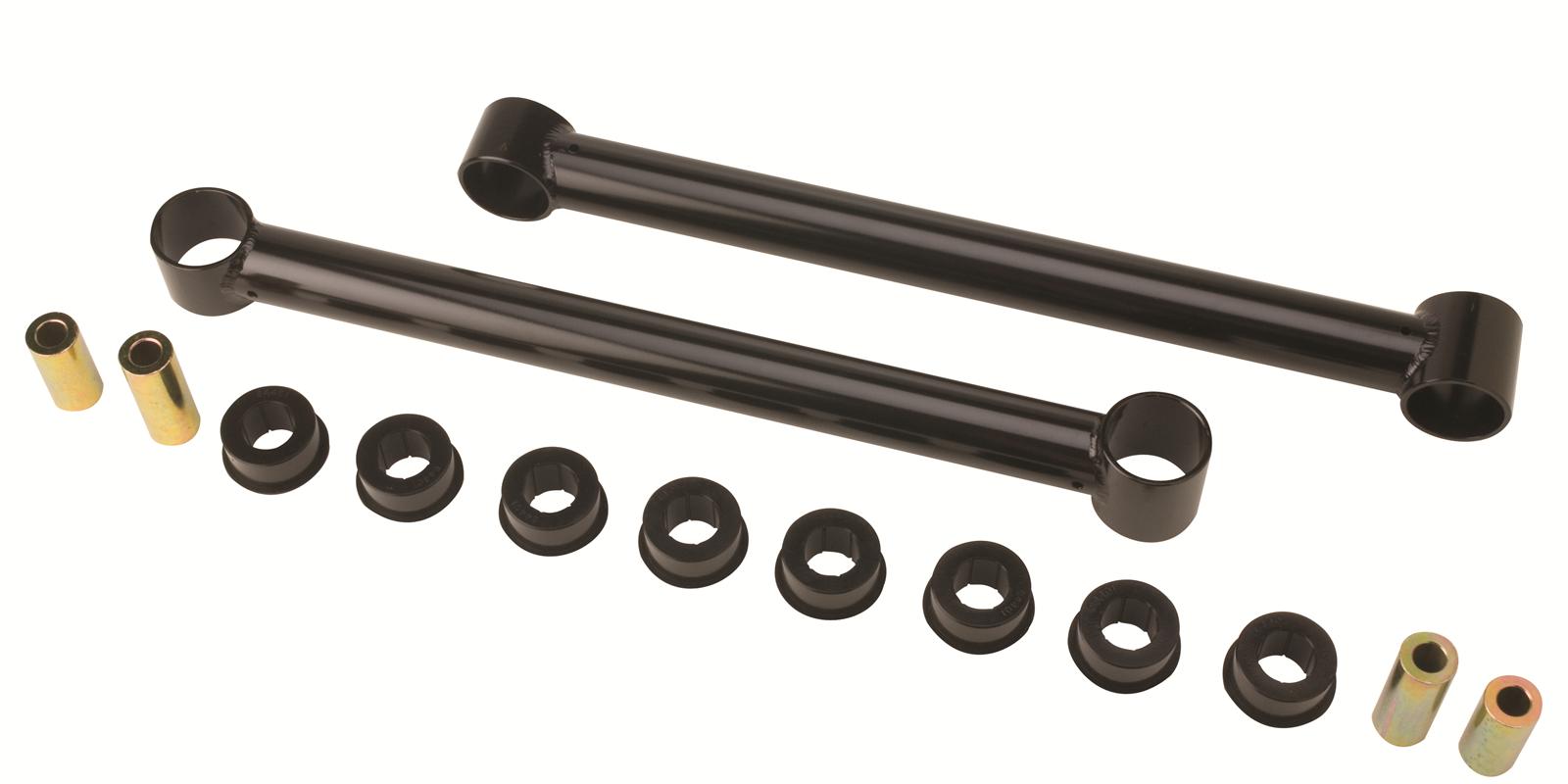
2011 FORD MUSTANG Ford Performance Parts M-5649-R1 Ford Performance Parts Lower Control Arms | Summit Racing
Free Shipping - Ford Performance Parts Lower Control Arms with qualifying orders of $109. Shop Control Arms at Summit Racing.
It seemed to work on the boss race car.
My only question is regarding adjustability. My plan is to keep the oem upper. Do in need adjustability to deal with pinion angle issues after lowering?
